We look at the hormonal acne diet and break down the research on the best and worst foods for healthy clear skin.
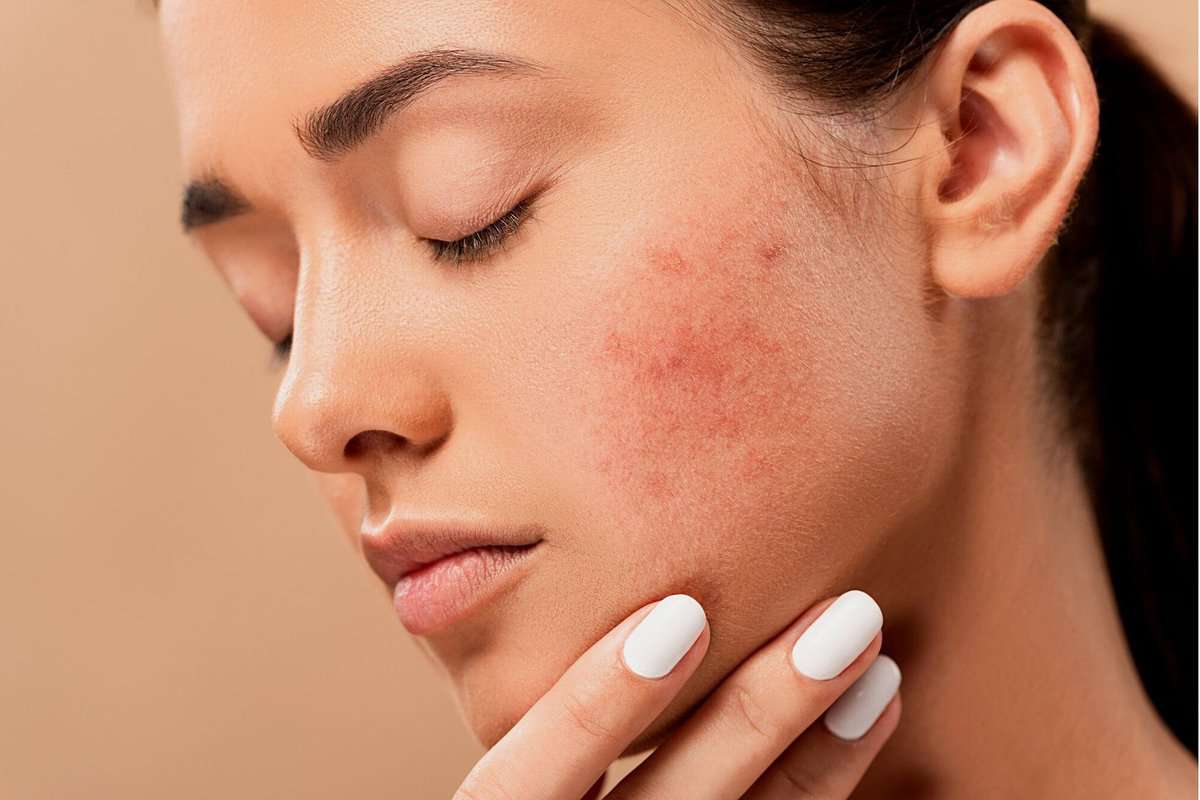
There’s no question that skin care is a hot topic these days. Considering the crazy schedules most of us have, I am sure most of us have had to deal with more than our fair share of stress pimples and have probably fallen into multiple Google deep dives on how to treat and prevent pesky breakouts.
If this sounds like you, then you are likely among the 80% of individuals who have struggled with acne at one point in their life. Whether it was in your early teens or as an adult, it’s safe to say that getting acne under control is a struggle.
Now, I am obviously no dermatologist or skin specialist. So, if you were looking for tips on how to upgrade your skin care routine, you’ve come to the wrong place. BUT, what I can do is put my dietitian hat on and discuss what the research has to say about the role of diet and hormonal acne. While experts have strongly debated whether or not diet can help to treat acne, there is some promising research suggesting that what you eat may make a difference. With that said, what does the research have to say about the hormonal acne diet?
Causes of Hormonal Acne
Acne occurs when the pores on our skin become clogged with dead skin cells, bacteria, or excess oil (also known as sebum). This results in acne, in the form of white heads, black heads, and pimples which commonly occur on the face, neck, back and shoulders. The development of acne can vary in its severity and triggers, however, some of the most common factors that have been known to contribute to acne formation include:
- Oily skin
- Make-up products that clog pores
- Genetics
- Medications
- Sunlight exposure without adequate sun protection
- Hormonal fluctuations
Hormonal acne, specifically, is most often triggered by hormonal changes experienced during:
- Puberty
- Menstruation
- Pregnancy
- Menopause
- Discontinuation of birth control
One of the mechanisms by which hormones can trigger the development of hormonal acne has to do with the rise in androgen hormones, such as testosterone. Increased androgen levels can trigger higher sebum production in the skin, which can clog pores and lead to an acne breakout. In addition, other hormones such as estrogen help to suppress sebum production. Therefore, during periods where estrogen is low (i.e., during menopause, or menstruation), you may be prone to more acne breakouts.
Does Diet Impact Hormonal Acne?
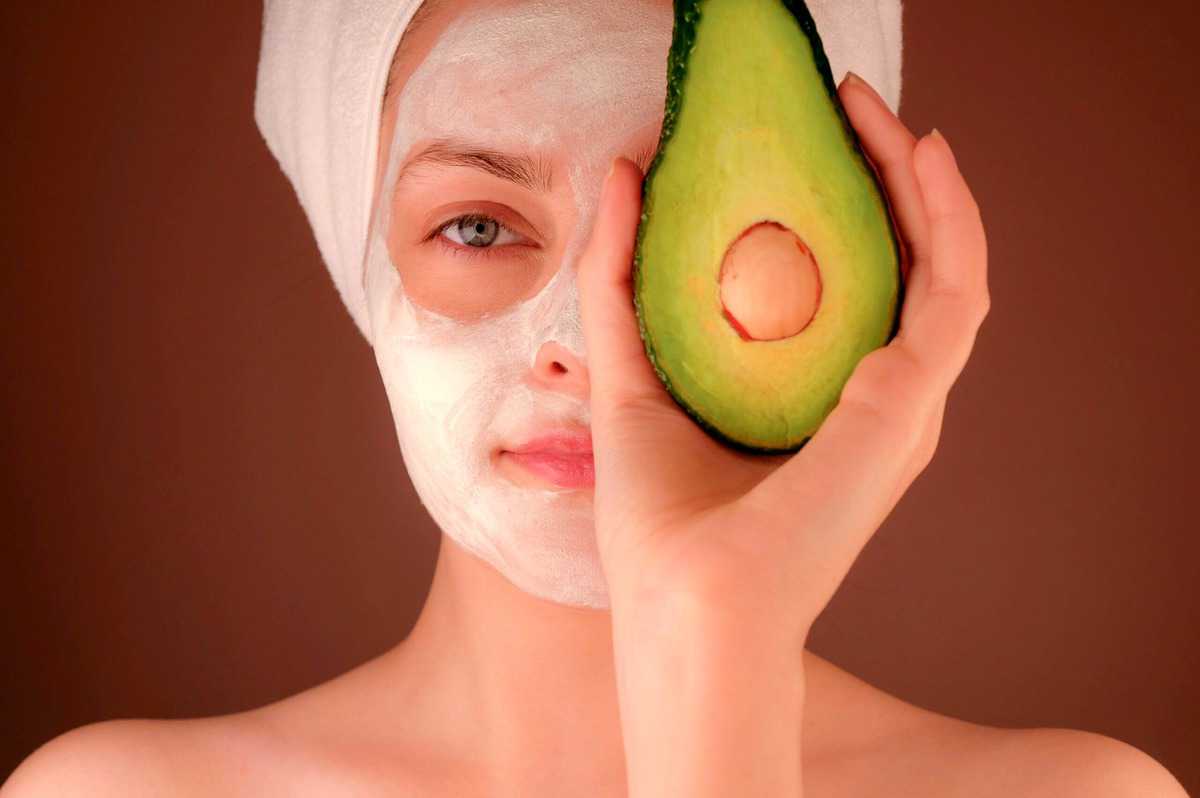
It is a common belief that what you eat can either worsen or improve the development of acne. In fact, one 2016 survey reported that 71% of participants believed that certain foods cause acne, including fried food, chocolate, dairy and soda. As for whether or not diet plays a strong role in hormonal acne has yet to be determined, as the evidence is mixed and controversial. This likely has to do with the fact that the development of acne is highly complex and multifactorial, so we are unable to make any generalizations around what specific foods cause acne. There is no one-size-fits-all treatment.
Despite the inconclusive evidence of the role of diet and acne, research suggests that certain elements of the Western diet are more closely linked to acne production compared to other geographical areas and associated dietary patterns. This is because the Western diet tends to be higher in processed carbohydrates, refined sugars, and dairy products which can increase blood sugar levels and cause inflammation when consumed in excess.
With that said, there is evidence to suggest that foods that raise blood sugar levels and ilicit a greater insulin response can worsen acne. This not only stimulates the secretion of androgens, but it also triggers the production of another hormone called Insulin-like Growth Factor-1 (IGF-1). Some studies suggest that IGF-1 can worsen the symptoms of acne by increasing sebum production. Considering there are some foods that can raise IGF-1 levels, it may be helpful to consider whether or not limiting these foods in your hormonal acne diet can improve your skin.
Foods That May Worsen Acne
Now that we know that insulin and IGF-1 may play a role in the development of acne, how can we use this information to our benefit so we can craft a hormonal acne diet? Let’s take a closer look at the research to find out the common foods that have been shown to increase IGF-1 and possibly increase the occurrence of acne.
High Glycemic Index Foods (Refined Carbs & Sugar)

As previously mentioned, the typical Western diet tends to be made up of higher amounts of refined carbohydrates – in other words, high glycemic index (GI) foods. The glycemic index essentially categorizes carbohydrate-containing foods by how quickly they increase blood sugar levels. High GI foods have a more significant effect on blood sugar levels compared to low GI foods. This means they are absorbed more quickly into the bloodstream, which can trigger the cascade of events that can stimulate acne production (i.e., increased insulin > increased IGF-1 > increased sebum production > acne)
Some examples of high GI foods include:
- White bread
- White rice
- Potatoes
- Baked goods
- Sugar-sweetened beverages
- Candy and sweets
With that said, several research studies have suggested that high GI foods can contribute to acne. For example, one 2017 study found that participants with moderate-to-severe acne consumed more refined carbohydrates compared to participants without acne. Another large study also found that frequent consumption of high GI foods (including sugar, pastries, and cakes) was associated with a 30% increase in developing acne among teenagers. Similarly, a more recent 2020 study on more than 24,000 adults found that those with acne were 54% more likely to consume high-sugar foods compared to those without acne.
To compare the effects of low GI vs high GI foods on acne, one review investigated the prevalence of acne in Indigenous groups living in different geographical locations. The study found that acne prevalence was low in locations consuming a low GI diet. It wasn’t until participants were exposed to high GI foods typically associated with the Western diet, that higher rates of acne began to develop. In addition, other studies have likewise shown that the occurrence of acne is lower in rural and non-industrialized areas.
Dairy
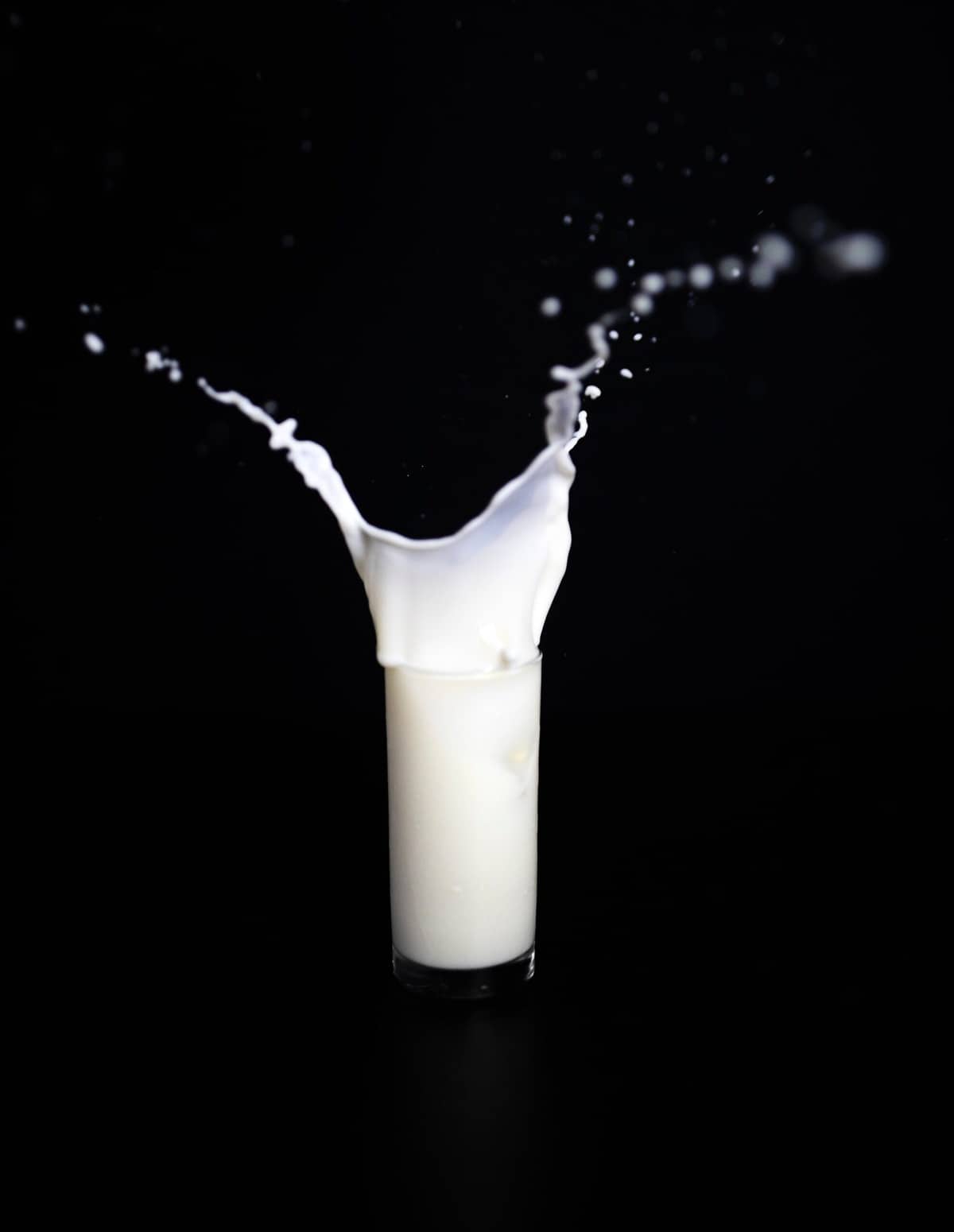
Dairy has gotten a pretty bad rep as one of the major culprits behind acne breakouts and is often one of the first food groups to be eliminated in individuals struggling with acne. But is dairy really a cause for concern when it comes to our skin health? Unfortunately, we don’t have a straightforward answer.
For example, a 2016 review found a weak link between dairy consumption and acne. On the other hand, a 2018 review found that people who consumed dairy milk were 16% more likely to have acne than those who did not. Another large review found that dairy consumption (including milk, cheese, and yogurt) was associated with a greater risk of acne regardless of the frequency or amount consumed.
While dairy consumption may or may not increase the risk of acne, dairy is considered to be a low GI food (aka it doesn’t cause a spike in blood sugar levels). With that in mind, we know that low GI foods do not increase insulin production, so how exactly would it cause acne? One proposed theory behind the mechanism by which dairy increases acne is that it may still stimulate the production of IGF-1 in the blood stream, despite having a low GI. As a result of the increase in IGF-1, dairy may thereby increase sebum production and acne breakouts.
With that said, more research is needed to confirm the link between dairy and acne. In addition, most research to date has mostly focused on teenagers and have only shown a correlation between milk and acne. Meaning, that the research has yet to show a cause-and-effect relationship. However, you may find that anecdotally, some or all sources of dairy may exacerbate your acne. Like we said, everyone is different and dietary acne triggers will vary from person to person. So, if you personally find that dairy doesn’t agree with you when it comes to your skin, you can slowly reduce your dairy consumption as part of your hormonal acne diet and monitor for changes. I would also suggest eating more non-dairy calcium sources to compensate for the dairy restriction. Some alternative sources of calcium include tofu, legumes, almonds, leafy greens, and fortified beverages.
Chocolate
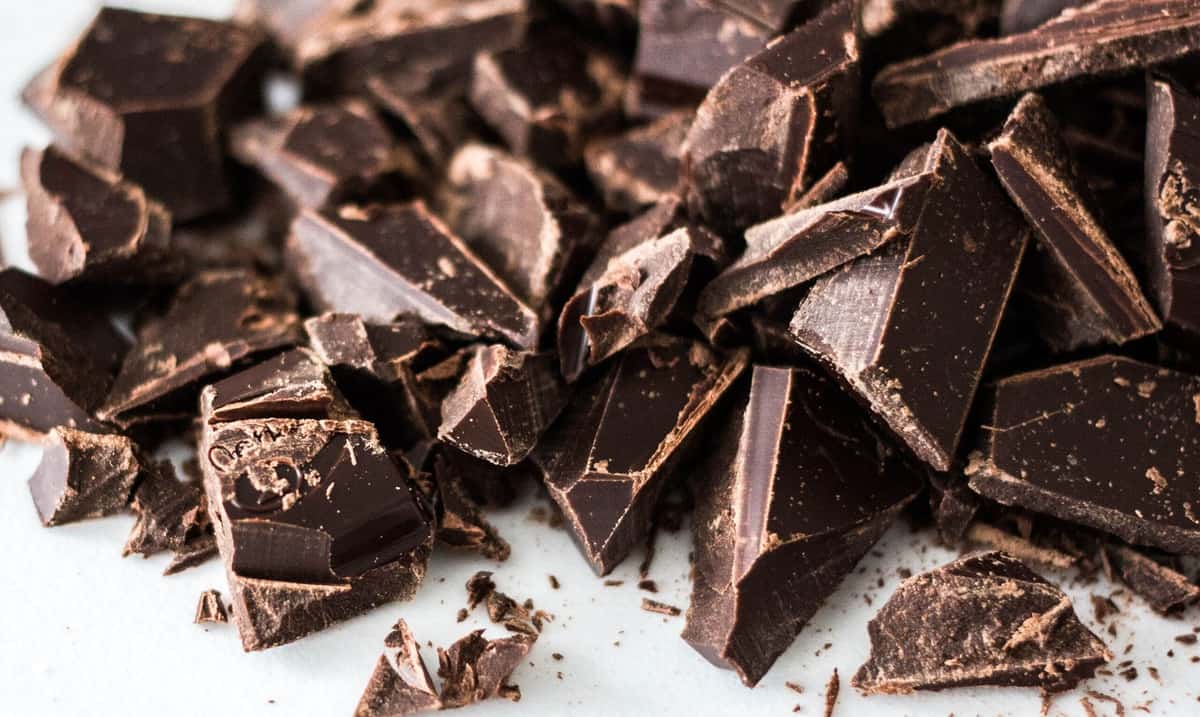
Another commonly speculated acne offender is none other than chocolate. While chocolate may be the snack of choice during your period when your acne breakouts are at their peak, there isn’t much evidence to support a link between chocolate consumption and acne. One review found a very weak association between chocolate and acne, but also identified significant flaws in the study designs. For instance, many studies did not control for the type of chocolate used in the experiment. This would be an important distinction as we do not know if chocolate sweetened with sugar and milk (both ingredients which may exacerbate acne) will have a different effect on the skin than chocolate that is lower in sugar and has a higher cacao content.
Moreover, an older study compared the effects of a chocolate bar vs a bar containing no chocolate on individuals with moderate acne. This study found no difference in acne development, regardless of the type of bar consumed. This same study also tested the effects of consuming two chocolate bars daily for a one-month period and found that the increased consumption of chocolate did not increase sebum production.
On the other hand, one small study on young and middle-aged men found that continuously consuming 10 grams of dark chocolate for 4 weeks led to skin changes that could make acne more likely. The results were especially true for the younger male participants in the study. However, larger studies are needed to get a better understanding of these effects.
Foods That May Minimize Hormonal Acne
Low GI Foods
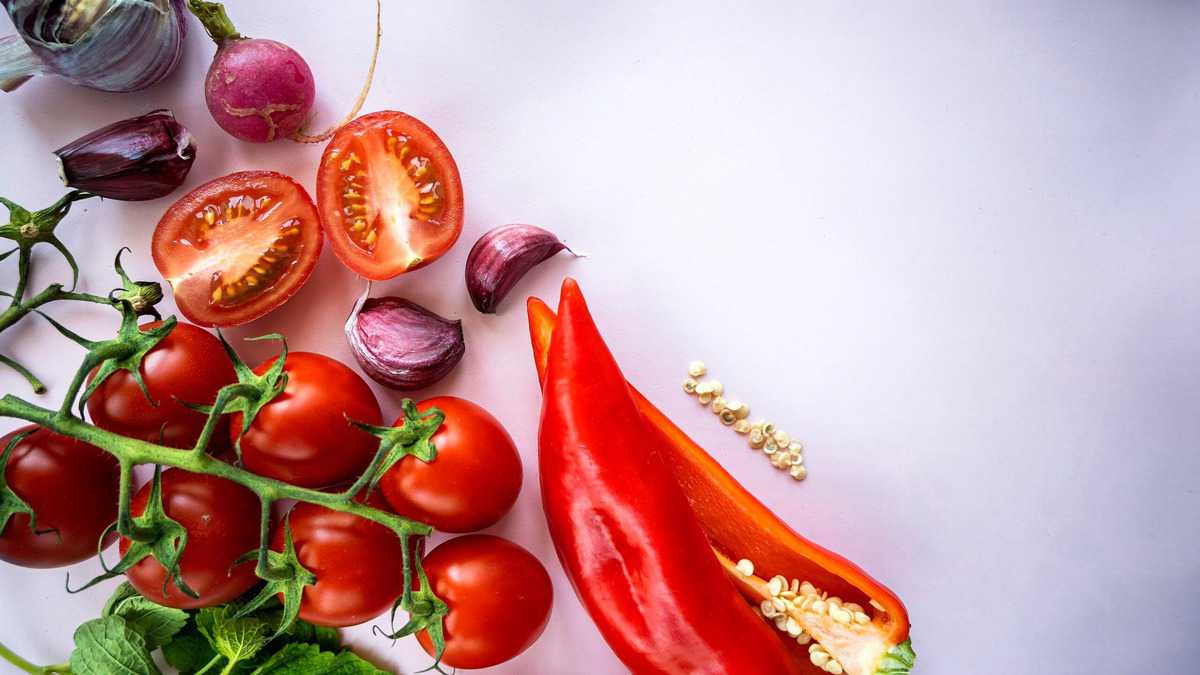
Considering what we know about the possible effects of high GI foods on acne occurrence, prioritizing low GI foods may be a good place to start when it comes to a hormonal acne diet. Some examples of low GI foods include:
- Whole grains (quinoa, barley, bulgur)
- Cereals (oats, oat bran)
- Beans and legumes
- Nuts and seeds
- Fruits (apple, berries, melon, pear, peaches, mango)
- Dairy (yogurt, dairy milk, plant-based milk)
Not only can low GI foods help to stabilize blood sugar levels, but research studies seem to support its use for reducing acne symptoms. For example, one study conducted a 12-week low GI dietary intervention which resulted in reduced acne as well as decreased circulating androgen and IGF-1 levels. Similarly, another small study found that following a low GI diet for 10 weeks resulted in improvements in acne in individuals with mild to moderate acne symptoms.
A larger study looking at non-Western populations found that out of the 1300 subjects, no instances of acne were reported. Upon further investigation, it was found that these populations subsisted on a low GI diet composed of fruits, vegetables, nuts, meat, and whole grains with a very small percentage of their diet being made up of Western foods.
While it is totally a-okay to continue to eat higher GI foods if that’s what you fancy, you can still help to minimize the potential effects on blood sugar levels by balancing your plate with low GI foods and/or a source of protein and fat. For example, a meal that has a combination of high and low GI foods might look like:
- Jasmine rice (high GI)
- Chickpeas or lentils (low GI AND a source of protein)
- Leafy greens (low GI)
The protein and fibre from the legumes (as well as the fibre from the leafy greens), will help to slow down the rate in which your body breaks down the carbohydrates from your meal into glucose (blood sugar). This will help to slow down the release of insulin and, consequently, acne provoking IGF-1.
Omega-3 Fats
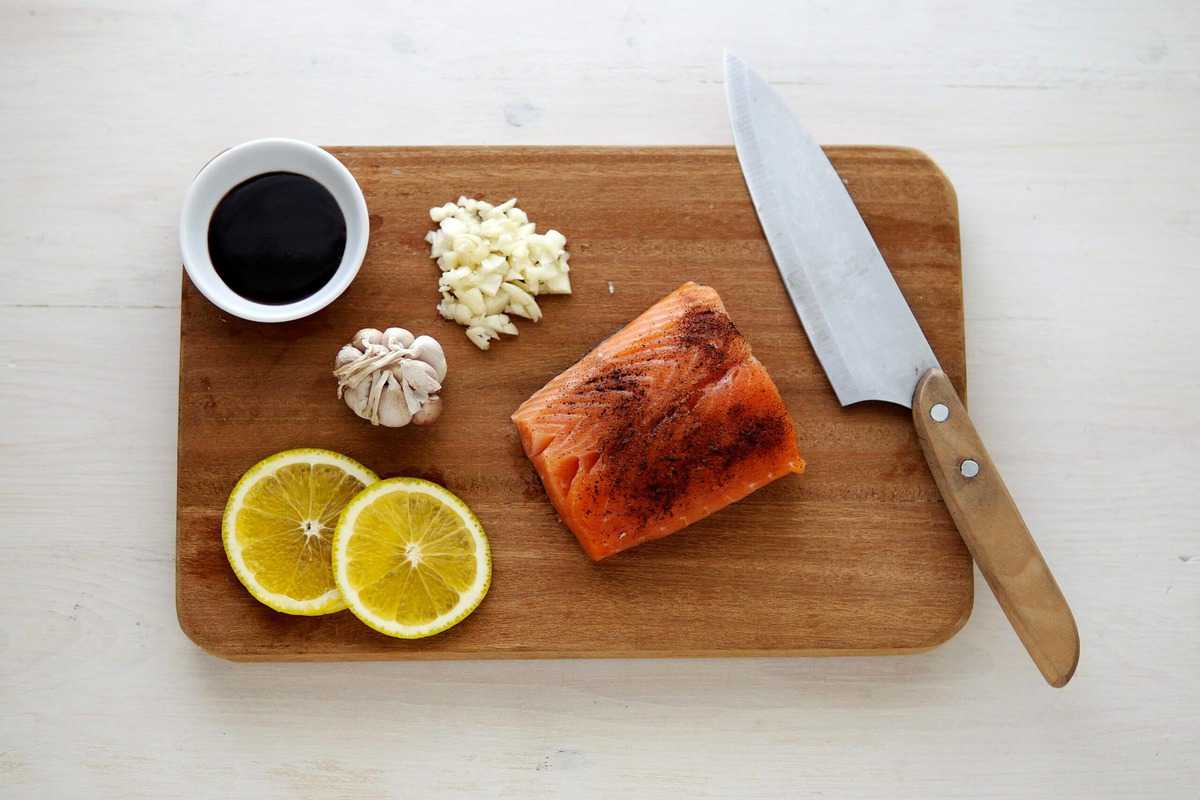
It is well documented in the literature that omega-3 fats have powerful anti-inflammatory properties, but they also have the ability to lower IGF-1. This suggests that consuming more omega-3 fats may be beneficial in reducing instances of acne. One study on over 1000 teens found that participants who consumed larger amounts of omega-3 rich foods (namely fatty fish and seafood), had less acne symptoms. Similarly, a small study with just 5 participants found that those who regularly took omega-3 supplements had a reduced number of acne lesions. In addition to the positive effects it may have on the skin, consuming more omega-3 fats also provides additional mental health benefits with one study showing that individuals taking omega-3 supplements were able to simultaneously improve both their acne and mood.
Omega-3 fats are found naturally in foods and in fortified foods. Some examples of omega-3 fat sources include:
- Fatty fish (such as salmon, tuna, sardines, and trout, mackerel)
- Fish oil supplements or algae oil
- Nuts and seeds (flaxseed, chia seed, walnuts)
- Omega-3 eggs
- Fortified foods (breads, cereals, plant-based milk etc.)
Antioxidants

While we know that eating a diet rich in antioxidants can help to fight oxidative stress and reduce disease risk, it may also play a role in reducing acne. A 2008 study found that individuals with acne had significantly lower levels of antioxidants in their blood (specifically vitamin A and vitamin E). Another study found that vitamin E and selenium supplementation helped improved skin conditions in individuals with acne. While research does seem to suggest that increasing antioxidant intake may improve skin health, the link remains unclear and more research is needed.
In any case, it certainly doesn’t hurt to increase your antioxidant intake to reap the rewards of their health benefits. Antioxidants can be found in a variety of foods including fruits, vegetables, and nuts. FRAP (ferric reducing ability of plasma) analysis measures the antioxidant content of foods by how well they can neutralize a specific free radical. The higher the FRAP value, the more antioxidants the food contains.
According to FRAP analysis, some of the richest sources of antioxidants you can try in your hormonal acne diet include:
- Pecans
- Berries (blueberries, strawberries, raspberries, Goji berries)
- Artichokes
- Leafy greens (kale, spinach)
- Red cabbage
- Beans
- Dark chocolate (the higher the cocoa content, the higher the antioxidants)
- Beets
- Grapes
- Green tea
- Orange vegetables (sweet potato, carrots, squash)
Vitamin D

Some research suggests that adequate vitamin D intake may potentially improve acne symptoms, albeit research in this area is limited. One study compared a group of individuals with and without acne and found that vitamin D deficiency was detected in 50% of individuals with acne compared to only 23% of individuals without acne. Those with vitamin D deficiency were given a 1000 IU vitamin D supplement for 2 months, which was found to significantly improve their acne. A more recent 2020 study found similar results, suggesting that vitamin D deficiency is more frequent in individuals with acne. While more research is needed to understand the link between vitamin D and acne, one theory is that the positive effects of vitamin D may be attributed to its anti-inflammatory properties.
While few foods naturally contain vitamin D, you can maximize your vitamin D intake through sun exposure and supplementation. Some food sources of vitamin D include:
- Fatty fish (rainbow trout, salmon)
- Mushrooms exposed to UV light
- Fortified milk (cow’s milk and plant-based milk)
- Fortified cereals
- Eggs (with the yolk!)
Dairy Alternatives
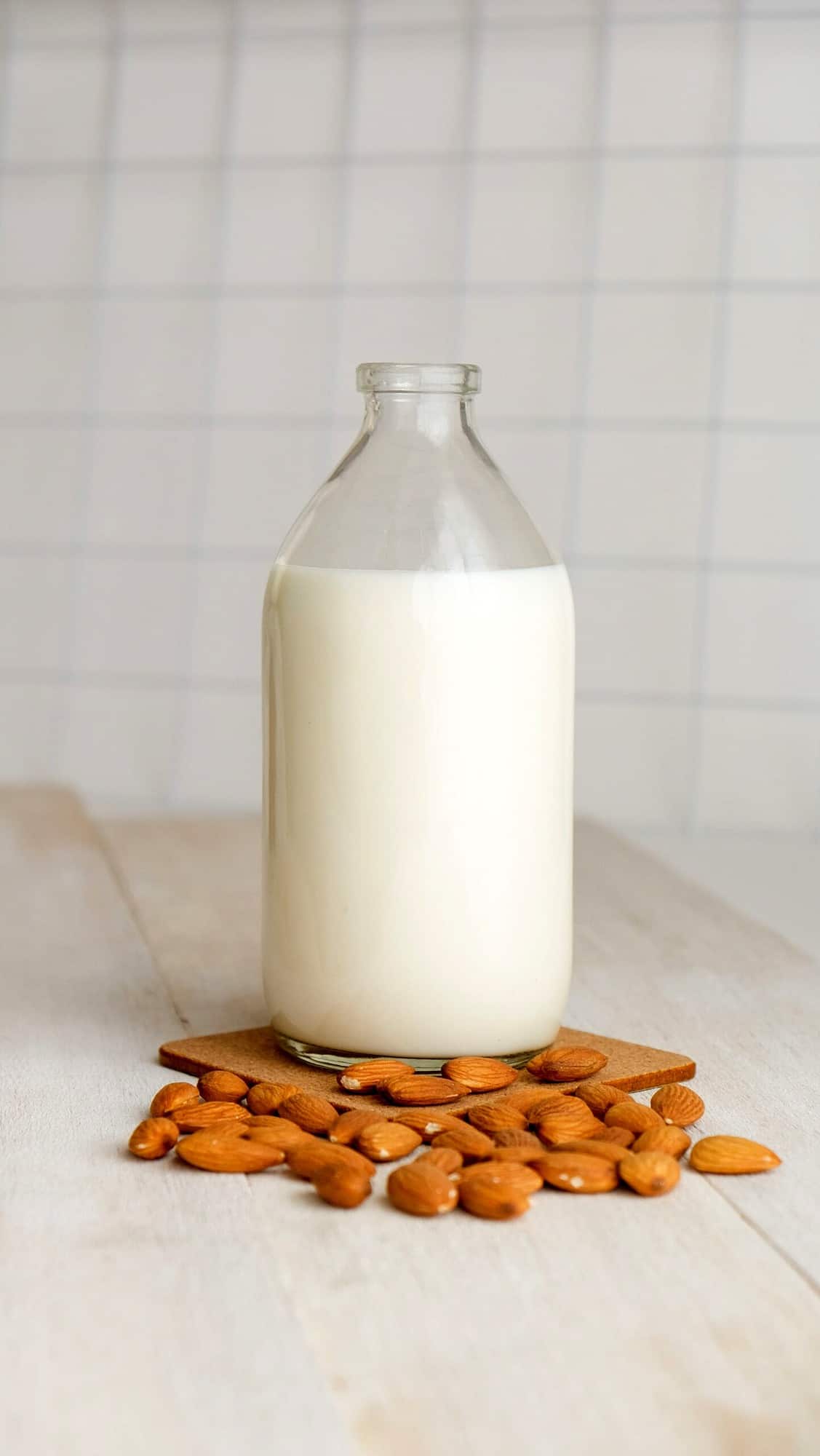
As mentioned previously, the research on dairy intake and acne is a bit messy and inconclusive. However, there are some minor tweaks that you can trial in your hormonal acne diet to see if it has a positive effect on your skin.
Instead of completely going cold-turkey and cutting out all dairy in one go, you may want to first try consuming full fat dairy rather than low fat or skim as some research suggests that low fat/skim milk may be more positively associated with acne compared to full fat. One possible theory is that low fat/skim dairy products tend to have higher amounts of sugar than their full fat counterparts, which can in turn have a greater impact on blood sugar levels. On the other hand, higher fat dairy may help to buffer the body’s response to the natural sugars (aka lactose) in milk – meaning that it doesn’t elicit as much of an insulin response.
But, like we said, dairy + acne = messy, as other studies have shown a positive association with the consumption of ALL milk (including skim, low fat, and full fat).
While the verdict is still out on the relationship between dairy and acne, if trialing full fat dairy still isn’t working for you, you can try opting for plant-based dairy alternatives instead and see if that makes a difference for your skin. For example, you can swap cow’s milk for soy milk or almond milk (or any other slew of plant-based milk on the market). You can also try substituting for non-dairy yogurt and cheese options. However, keep in mind that these dairy alternatives may not provide the same nutrients obtained from dairy (including protein, calcium, vitamin D). Consider this your friendly dietitian reminder to be mindful of obtaining these nutrients from other sources in your diet!
Bottom Line
While there is no one-size-fits-all when it comes to the hormonal acne diet, you may experience some improvements in your acne by trialing subtle changes in your eating pattern – such as prioritizing low GI over high GI foods, omega-3 fats, antioxidant-rich foods, vitamin D, and possibly limiting dairy intake. If you suspect that dairy or sugar may be a trigger for your acne, you can work with a dietitian to trial an elimination diet and see if it works for you. However, you may not need to completely eliminate sugar or dairy to improve your skin. What works for one person, may not work for you. It would also be highly beneficial to work with a certified dermatologist or MD to get to the root cause of your hormonal acne triggers.
Written by Giselle Segovia RD MHSc
More Blog Posts You Might Like
If you liked this post on the hormonal acne diet, then you might also enjoy these blog posts!
- Does Seed Cycling for Hormonal Balance ACTUALLY Work?
- Foods that Cause and Treat Eczema
- How Much Weight Do You Gain on Your Period?
- What to Do When You’ve Lost Your Period
Do you struggle with acne? Have you found a hormonal acne diet that works for you? Leave me a comment below!

Abbey Sharp is a Registered Dietitian (RD), regulated by the Ontario College of Dietitians. She is a mom, YouTuber, Blogger, award winning cookbook author, media coach specializing in food and nutrition influencers, and a frequent contributor to national publications like Healthline and on national broadcast TV shows.
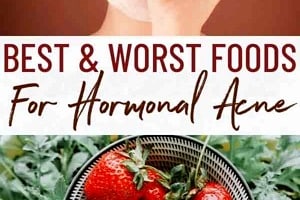
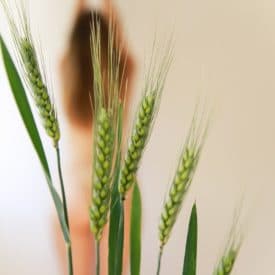

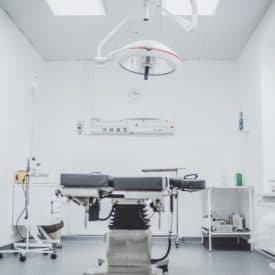
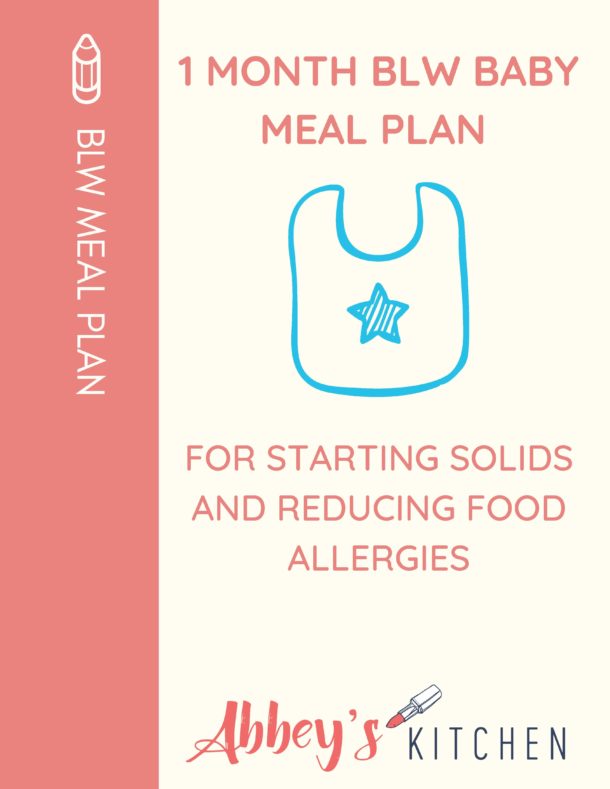
Leave a Comment